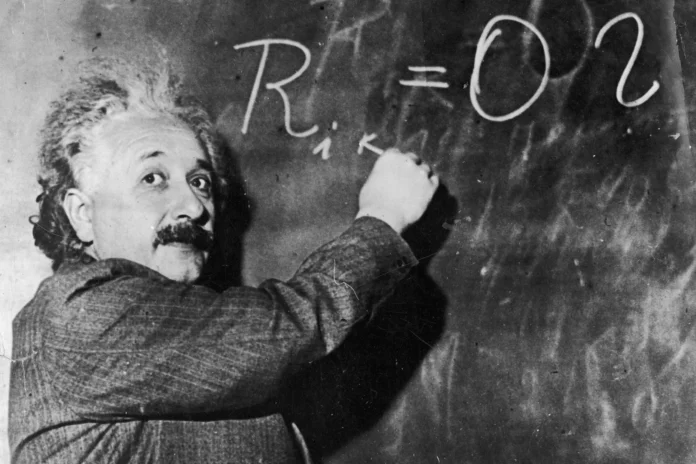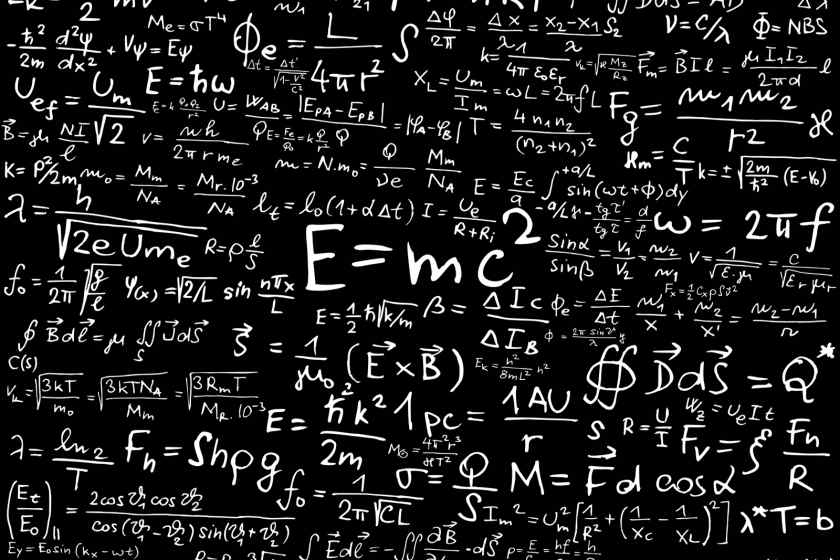
One of the most brilliant minds of our time, Albert Einstein, is responsible for some of the greatest scientific theories of our generation. So why aren’t these theories being taught to students in schools?
In this blog post, we will explore some of Einstein’s most famous theories and also take a look at how these theories can be applied in real life. Whether you’re a student or a teacher, read on to learn more about Einstein’s theories and how they can change the way we think about the world.
Table of Contents
1. The Theory of Relativity

Albert Einstein’s theory of relativity is one of the most important scientific theories of the 20th century. It has had a profound impact on our understanding of the universe and has led to the development of many new technologies.
Despite its importance, Einstein’s theory is not taught in most high school physics courses. There are several reasons for this, including the fact that it is relatively complex and requires a deep understanding of mathematics.
In addition, there are alternative theories that are easier to understand and explain. For these reasons, it is important for students to be exposed to the theory of relativity early on so that they can appreciate its significance.
Relativity calculators are a great way to introduce students to the theory. These calculators allow students to input data and then see how the theory predicts the results.
This is a great way to engage students in the material and help them understand the theory. There are many different relativity calculators available online, so it is important to find one that is appropriate for your students.
2. The Unified Field Theory

The Unified Field Theory, also known as the Theory of Everything, is a theory that attempts to explain all of the physical forces in the universe as a single force.
The theory was first proposed by Albert Einstein in the early 20th century, but he was never able to fully develop it. In recent years, physicists have made significant progress in developing the theory, but it has yet to be proven conclusively.
If the Unified Field Theory is correct, it would mean that all of the physical forces in the universe are interconnected and can be explained by a single equation.
This would be a major breakthrough in our understanding of the universe and could potentially lead to new technologies and discoveries. However, many scientists remain skeptical about the theory and its ability to explain everything in the universe.
Why Aren’t Einstein’s Theories Taught To Students?

Einstein’s theories are some of the most complex and difficult to understand in all of physics. In order to teach them to students, professors would need to dedicate a significant amount of time and resources to doing so. Unfortunately, most universities do not have the time or resources available to do this.
Another reason why Einstein’s theories are not taught to students is because they are often overshadowed by other, more practical theories that are easier to understand and apply. This is especially true in introductory physics courses, where professors want to focus on teaching the basics that students will need in their careers.
Finally, it is worth noting that many of Einstein’s later theories have been superseded by more modern ones. This is not to say that his work was not important, but rather that it is no longer considered the cutting edge of physics research. As such, it is less likely to be included in university curricula.
Conclusion

As we have seen, Einstein’s theories are not always taught to students in school. This is because these theories can be difficult to understand and sometimes require a lot of mathematical background knowledge.
However, Einstein’s theories are still important to learn about and can offer insights into the nature of our universe. If you’re interested in learning more about these theories, there are plenty of resources available online and in libraries.







